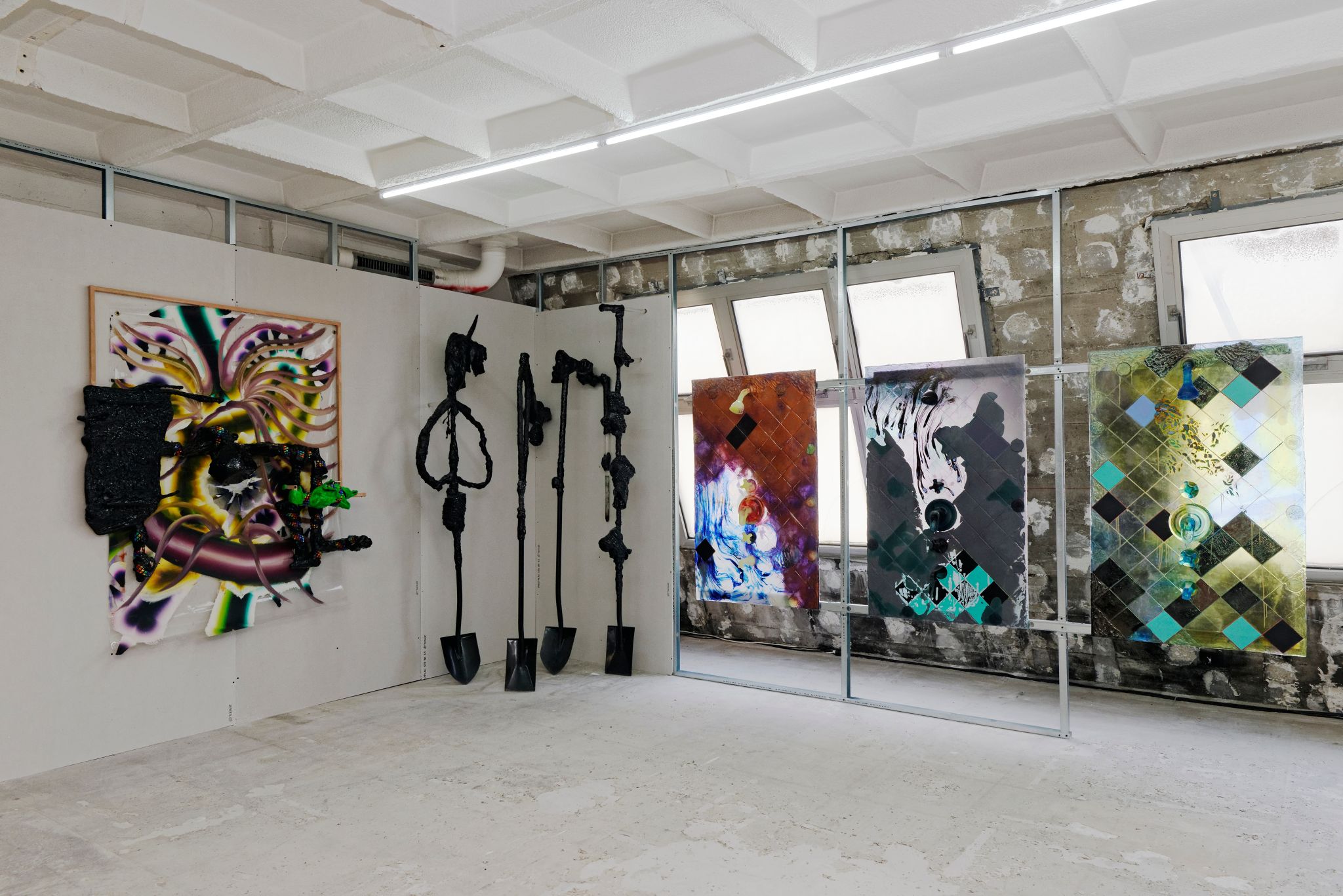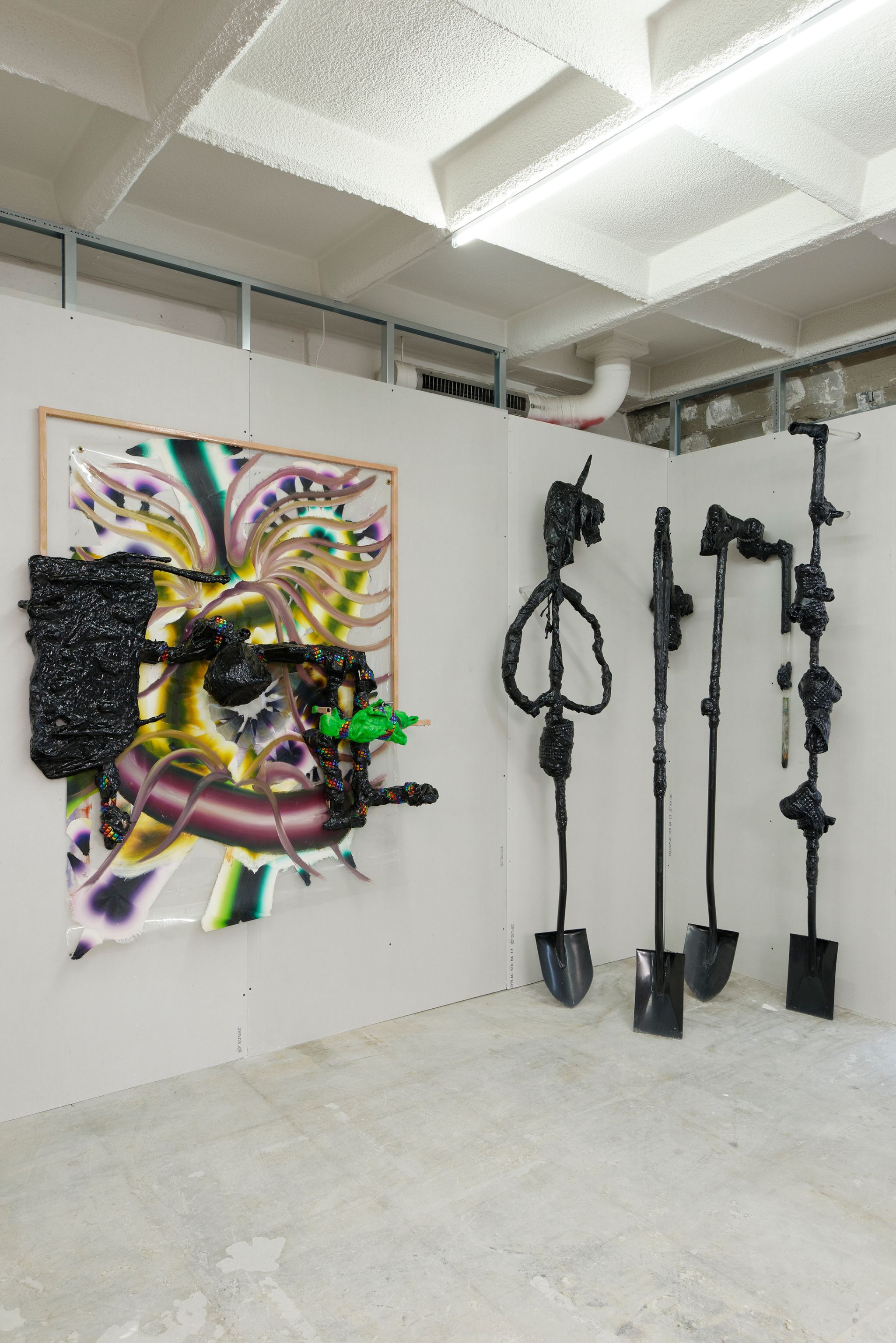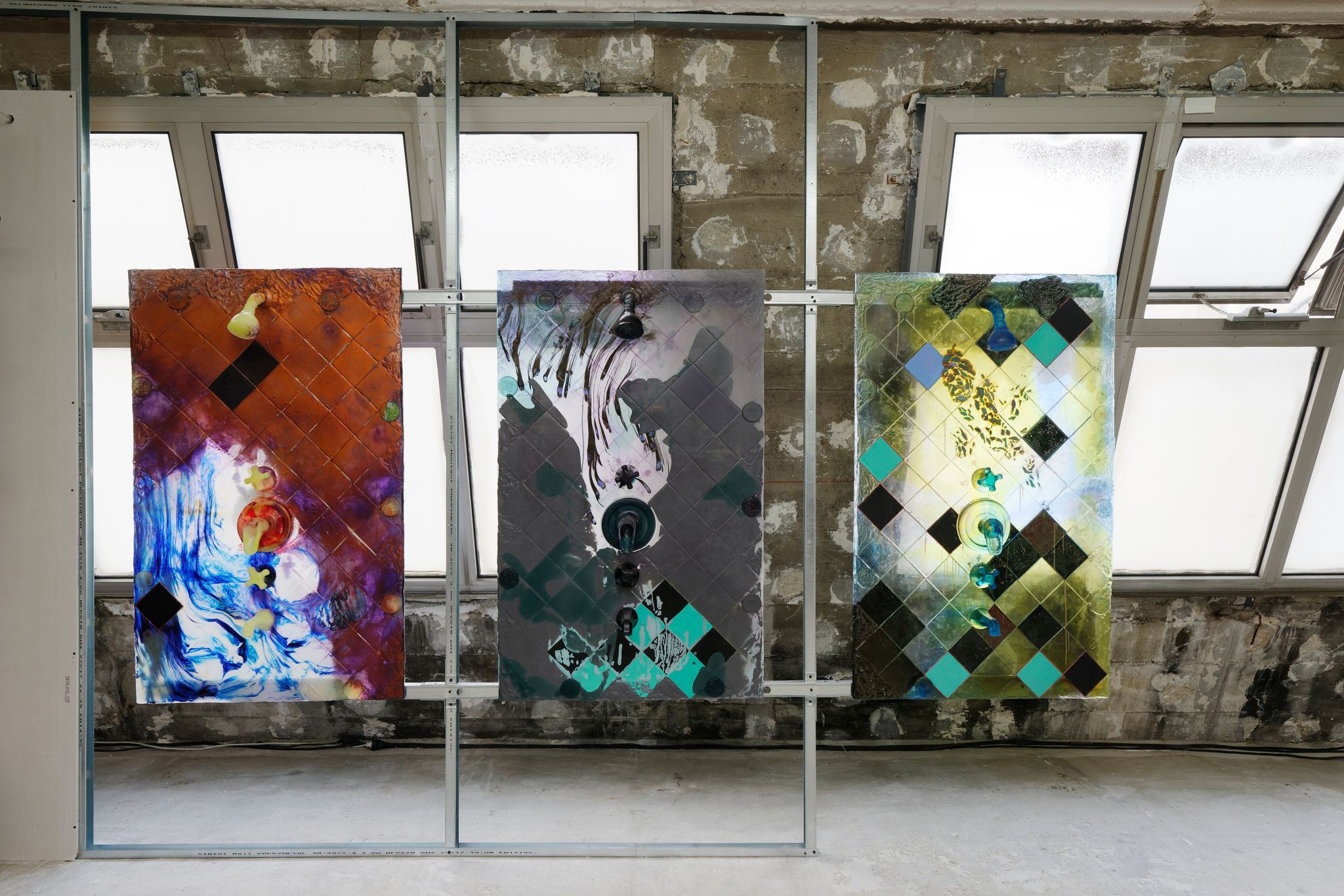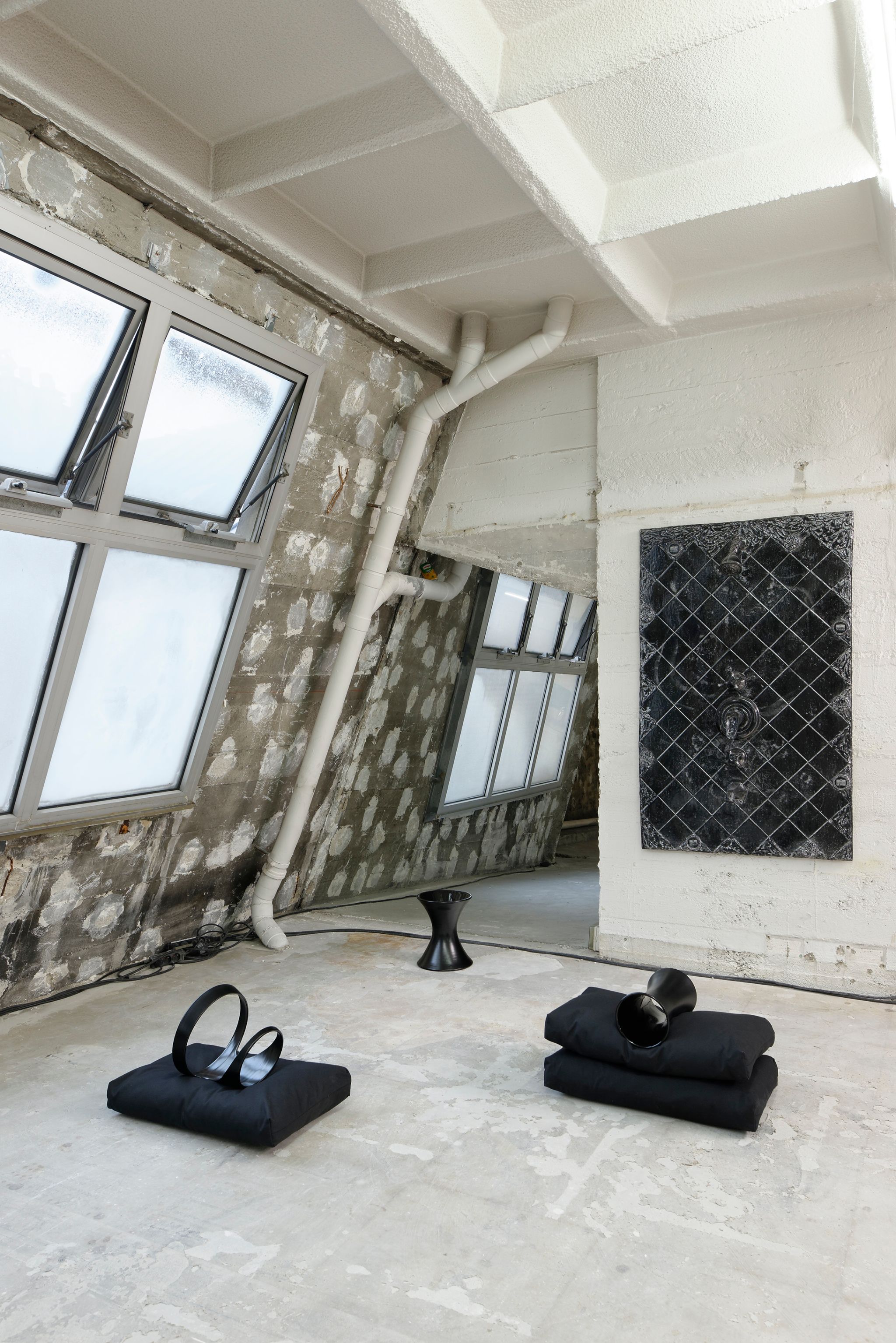Paris Internationale 2017
KAYA (Kerstin Brätsch & Debo Eilers)
Davide Stucchi
18.10. – 22.10.2017
-
KAYA is Kerstin Brätsch and Debo Eilers. Both artists consider their own practices – painting and sculpture – the subject matter and base material of a conceptual and multidisciplinary work. KAYA is interested in continual processes of displacement, variation, and reproduction in appropriations of digital imaging. Within a collaboration with their muse Kaya, they elaborate on the possible creation of a third body and there with the potential extension of their sculptural and painterly investigations. What happens if painting or sculpture literally became a body? Beyond being triggered by an interest in youth culture by involving another person with her own personal history, KAYA is at the same time an approach to explore an unknown territory, embrace the unpredictable, and diffuse classifications while challenging notions of authorship, originality, and exchange value.
read more
Davide Stucchi’s Flush with NENA is a series of glazed ceramic vases – glossy and opaque – that lays on cotton and polypropylene cushions. Black landscape of glazes and fabrics. The artworks, indirectly inspired by the Italian designer Antonia Campi’s sculptural attempts – between body and nature – belonging to DDD Vittorio Dapelo’s collection, are designed to be seen from below, to be explored through the expanded and open eye of a GoPro camera that – carried on the shoulder of a dog – smelled the artworks and the landscape, street’s edges and ceramics, synthetic cushions and asphalt.Observed by a dog and conceived for a dog – Nena is the producer’s family small companion – Stucchi’s artworks blend shape of the ceramic production with abstract forms and designed geometries of cuts of dressings and possible animal prosthesis. A vitrine of precious designed objects and a micro-gym for sporty dogs. The word “Flush” etymologically refers to the flow of a full river. “Flush with” is about designing and assembling parts to compose coplanar surfaces to be gazed leaning the half shut eye on the work surface area, to be perceived leaving to glide the hand on the without fold body of the object. Among the artwork production, its display, documentation and story-telling, the multiple points of view of the entire project have been conceived by the artist as a never ending overlapping of gazes, a designed cross of different observation points.



